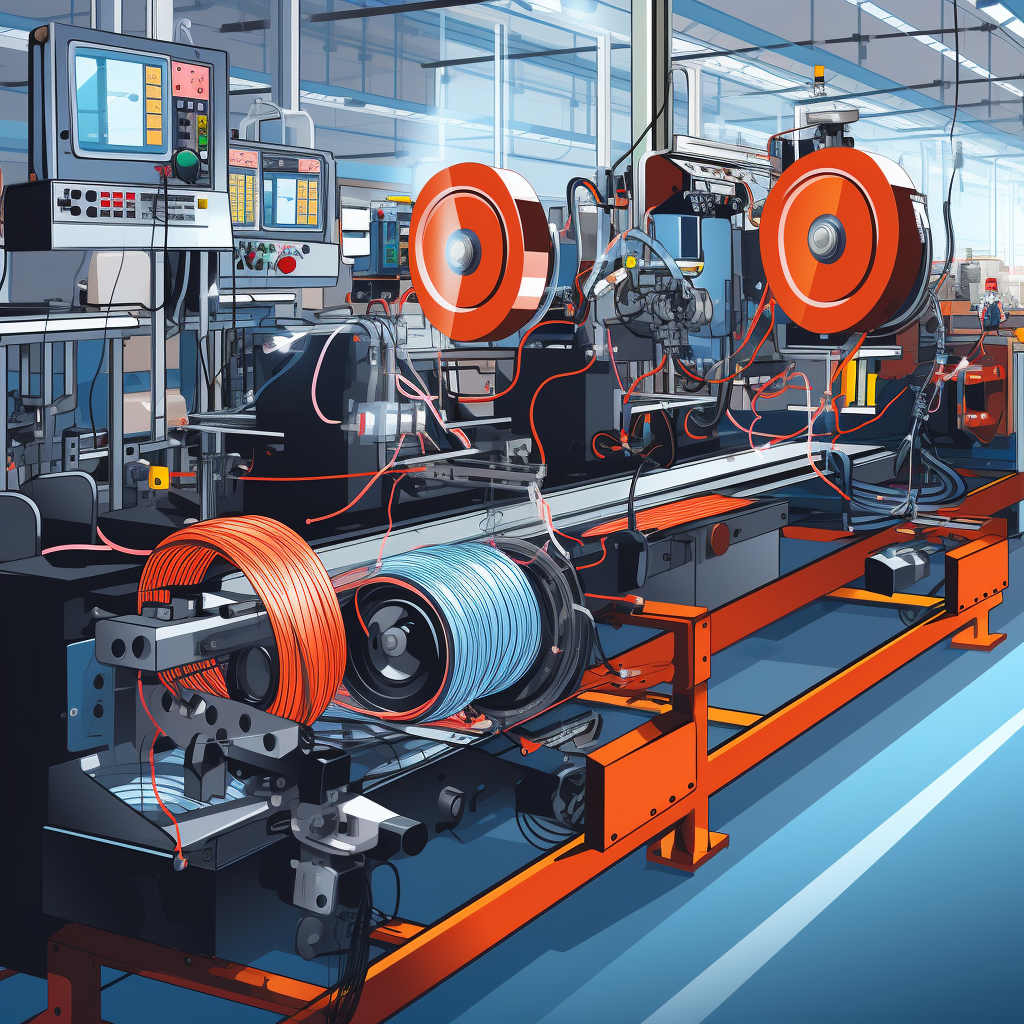Introduction
Cost efficiency is a critical aspect of wire harness production, directly impacting the bottom line of businesses. Whether you are a small-scale manufacturer or part of a large corporation, understanding how to streamline expenses without compromising on quality is key. This blog post aims to provide practical strategies for reducing costs in wire harness production, offering insights that can benefit both industry veterans and newcomers.
1. Optimizing Material Usage:
Material costs constitute a significant portion of wire harness manufacturing expenses. To reduce costs, it’s essential to optimize material usage. This can be achieved by using more cost-effective materials where possible, minimizing waste, and negotiating better terms with suppliers.
2. Investing in Automation:
While the initial investment might be substantial, automating certain aspects of the production process can lead to long-term savings. Automation reduces labor costs, increases production speed, and enhances consistency in quality, all of which contribute to cost reduction.
3. Lean Manufacturing Principles:
Implementing lean manufacturing principles can significantly cut costs. This involves identifying and eliminating waste in the production process, optimizing workflow, and reducing unnecessary inventory. Lean practices not only save money but also improve overall efficiency.
4. Design for Manufacturability (DFM):
Engaging in DFM involves designing wire harnesses that are easier and more cost-effective to manufacture. This can include simplifying designs, standardizing parts, and ensuring that the design is easy to assemble, which reduces production time and costs.
5. Quality Control and Testing:
Investing in rigorous quality control and testing might seem counterintuitive to cost-cutting, but it actually saves money in the long run. By catching defects early in the production process, you reduce the costly need for reworks and returns, maintaining both your budget and reputation.
6. Supplier Relationship Management:
Building strong relationships with suppliers can lead to cost benefits. This includes negotiating better pricing, securing more favorable payment terms, and ensuring a reliable supply of quality materials. Good supplier relationships can also lead to joint cost-saving initiatives.
7. Employee Training and Retention:
Skilled and experienced employees are more efficient and produce higher quality work, which reduces costs associated with errors and rework. Investing in employee training and retention can lead to a more competent and effective workforce.
8. Energy Efficiency:
Reducing energy consumption in manufacturing processes can lead to significant cost savings. This can be achieved through more efficient machinery, better facility management, and adopting energy-saving practices.
Conclusion
Reducing costs in wire harness production requires a multifaceted approach that balances efficiency, quality, and smart resource management. By adopting these strategies, manufacturers can not only cut costs but also enhance their competitiveness in the market.
If you need custom wiring harness or cable assemblies, feel free to contact WiringLabs.
